Heading out the door? Read this article on the new Outside+ app available now on iOS devices for members! Download the app.
Snowstorms, weeks of rain, humid mid-Atlantic summers: Your gear goes through a lot on a thru-hike of the 2,190-mile Appalachian Trail. The rocky, rugged path has more elevation gain than any of the other long trails, and thru hikers’ gear needs to be light enough to carry, but versatile and tough enough for the four- to six-month journey.On a thru-hike across fourteen states, even the smallest flaw becomes amplified. The too-short strap or the unstable pot stand can turn from annoying to injury-causing (I have the scars from my backpack to prove it).Small and light is the ticket here: Thru-hikers spend less time in camp than the typical backpacker, so they gravitate towards gear that keeps them happy on their feet.
Everyone’s different, and the best gear is the gear that works with your skills, experience, age, fitness levels, and health conditions. But on the AT, there are some experiences everyone will have: you’re going to get wet, live with bugs, and you’ll almost certainly have to slog through some hot, humid climbs up mountains.
On both my thru-hikes of the AT, I chose to use lightweight and even ultralight gear, which reduced the pain and exhaustion of climbing steep, rocky, rooty terrain. For me, the AT was hard enough as it is. No need to have heavier gear to make it even harder.
A word of warning: lightweight gear only works if you know how to use it. Before starting your thru, test all your new gear to see how it works, both on its own and as part of your system. These time-tested picks are a great place to start. —Liz “Snorkel” Thomas
Written in 2017 by Liz “Snorkel” Thomas; Updated in 2025 by Nathan Pipenberg
Big Four
Try to keep these major items below 2 pounds each.
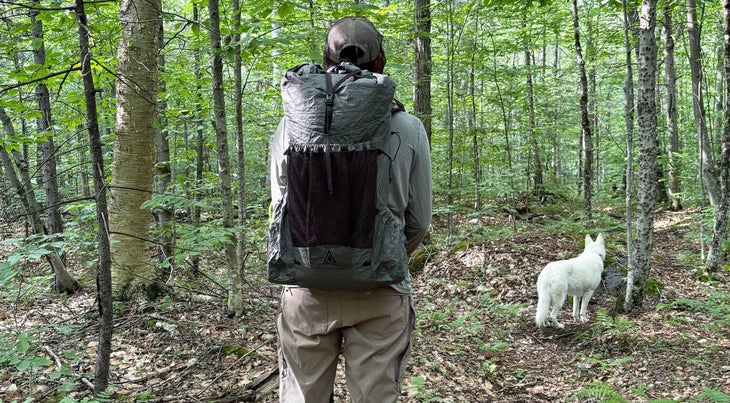
Backpack
As for any long trip, your pack should be the final thing you buy: Get your other gear first, and test it out together. You’re looking for a model that fits you well and doesn’t rub, which can leave nasty abrasions, blisters, and even scars. The Durston Kakwa 55 features rugged fabrics (we think the cheaper Ultragrid fabric option is plenty durable), a light but robust suspension system, and a total weight under two pounds. It’s lightweight, but also burly enough to manage the food carry across Maine’s 100 Mile Wilderness. Tip: On the AT, rain is inevitable. Waterproof your bag with a pack liner like a trash compactor bag or Nylofume liner.

Shelter
The AT is famous for its wooden three-sided shelters, which are generally spread out around every 10 miles. Beyond that, however, the rocky, rooty, rugged terrain on the AT makes it hard to find a good tent spot. That’s one argument in favor of bringing a hammock shelter on the AT—good setup spots for them abound. Regardless of whether you like hanging in trees or staying on the ground, a good AT shelter is lightweight, durable, easy-to-set up, keeps out bugs, and holds up to storms. The all-in-one Hennessy Hammocks Hyperlite Zip is a good balance of weight, price, and durability. At less than 2 pounds, it includes bug netting and a tarp to keep out rain. If you’d rather pick your own tarp and suspension system, the Warbonnet Blackbird XLC is more spacious and customizable.
For those who prefer a traditional tent, options abound. The freestanding two-person Tarp Tent Double Rainbow pitches with a pair of trekking poles and offers a ton of space for a solo hiker, while the Durston X-Mid Pro 1 or Zpacks Plex Solo Lite are among the lightest shelters money can buy.

Sleeping Bag or Quilt
Temperatures on the Appalachian Trail range from below freezing to mid-Atlantic hot and humid, so no single sleeping bag is going to be perfect for every night. Many AT hikers start the trail with a 20- to 30-degree sleeping bag, swap out to a lighter model (or even a silk liner) when summer arrives, and then switch back to the heavy bag for New England. We recommend a quilt for hammock users, and many ground sleepers prefer the open design of a quilt as well. Our pick is the Katabatic Flex 22 or 30, depending on your start date and expected lowest temps.
For those looking for a traditional bag, it’s hard to go wrong with Western Mountaineering’s Ultralite 20 or the more budget-friendly REI Magma 15, both of which offer full hoods and zippers but weigh less than two pounds.When you swap to a summer-weight bag, look for bags and quilts with 32-40 degree ratings, like the Western Mountaineering Summerlite or Katabatic Flex 40. As the summer humidity sets in, it’s also worth considering a switch to a synthetic bag or quilt like the Enlightened Equipment Revelation Apex, which won’t lose loft in humid and damp conditions.
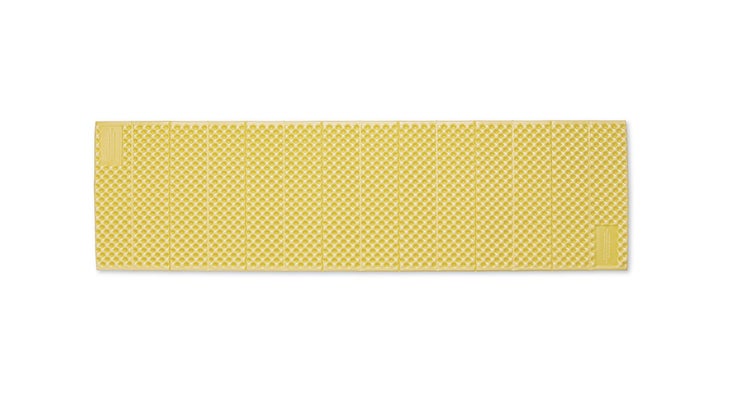
Sleeping Pad
A good sleeping pad will go a long way toward keeping you comfortable in shelters, where hikers sleep on hardwood floors (some of which aren’t flat, like the infamous baseball bat flooring of parallel logs used in older shelters in Maine). To save weight, we opt for a ¾ or kids’ length pad. Inflatable pads, which can be as light as foam pads while offering more comfort and warmth, are by far the most popular choice among today’s thru-hikers. The top ultralight option is the NEMO Tensor Elite short, boasting a 2.4 R-value and 3 inches of thickness at a weight of just 7.6 oz. When using an ultralight inflatable, it’s worth bringing along a super-thin foam pad like the Gossamer Gear Thinlight, which can protect your pad from punctures and double as a sit pad (or yoga mat) in camp.
For more budget-minded options, consider the 3/4-length Paria Recharge S, or—if you’re sure you find it comfortable enough—the short version of the Thermarest Z-lite Sol, which will set you back just $50.
Appalachian Trail Apparel and Accessories
Of the 20-plus long trails I’ve hiked, I still say that my clothes from the Appalachian Trail stunk the most. Indeed, AT thru-hikers have a reputation for worse-than-usual-backpacker odor. Hikers spend a lot of time hiking in hot, humid climates, creating a perfect surface for odor-causing bacteria. Choose your clothing knowing that after the trip, it may be unwearable. —Snorkel
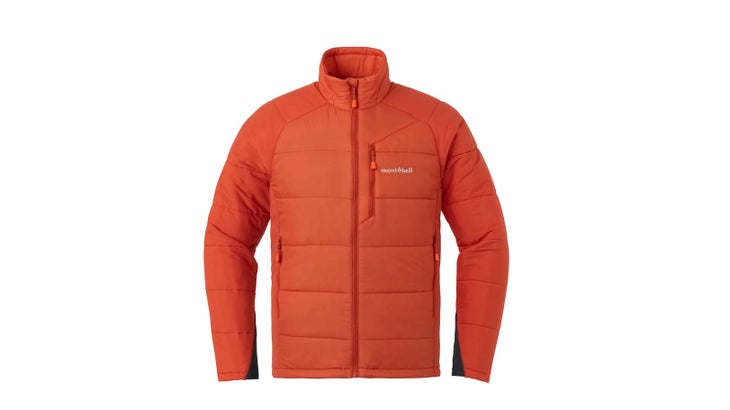
Light Puffy Jacket or Vest
A lightweight puffy jacket is a good item to carry for at least the first and last 500 miles of your trip, if not the entire time. No matter your hiking style or goals, you’ll want one of these to help manage the extreme temperature swings on trail. Because the AT is such a wet trail, many hikers appreciate the warm-when-wet benefit of the synthetic Montbell U.L Thermawrap. It’s only 8.5 ounces, and even if it does get wet, it dries quickly. If you’re confident you can keep a down jacket out of the rain, you can save a few ounces with the Cumulus Primelite Pullover.
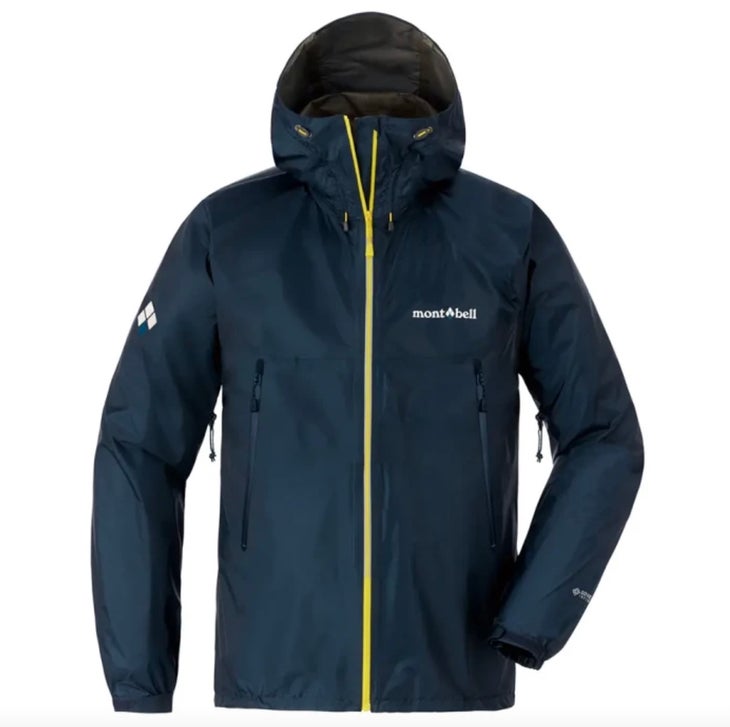
Raingear
It’s almost impossible for someone to thru-hike the AT without walking in the rain for at least a few days straight. On the AT, thru-hikers must balance moisture management with overheating from the steep climbs. Try the Montbell Versalite jacket, which is about as light as three-layer jackets get, and features generous pit zips and pockets to vent heat. We also have to give a nod to the FroggToggs Ultra-lite2 jacket, which lacks durability but is quite light and breathable given its $25 price tag.
Undergarments
Carry an extra pair, either wool or a quick-drying synthetic. Consider using long underwear as sleep clothes and in colder conditions.
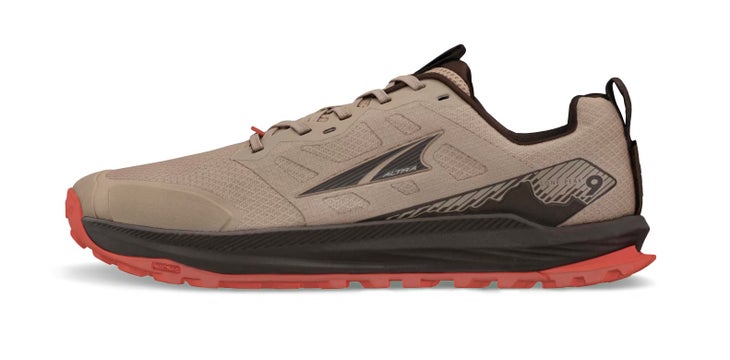
Shoes
On a 2,000-plus mile hike, you’re sure to get a few blisters no matter how good your shoes are. While boots are more common on the AT than on the PCT, almost all hikers out for the long haul choose mesh trail runners. Moist feet can lead to blisters, chafing, or trench foot. Mesh trail runners hold water less readily than boots. Plus, studies have shown that each pound on the foot is equal to at least five on the back, so a lightweight shoe can lead to less pounding.
Still, AT hikers need enough support and cushion to deal with the rocky, rooty, rough terrain of the AT. Since fit and feel is such a personal thing, it’s hard to recommend specific models, but many thru-hikers prefer models that offer plenty of wiggle room in the forefoot, like the Altra Lone Peak 9, Topo Traverse, or Brooks Cascadia 18. Expect to replace your thru-hiking shoes every 400 miles, especially since many hikers find their feet “grow” up to two sizes over the course of their hike. You don’t need to stick with the same models the whole time; consider using a more cushiony model like the Olympus for the uneven tread of “Rocksylvania.”
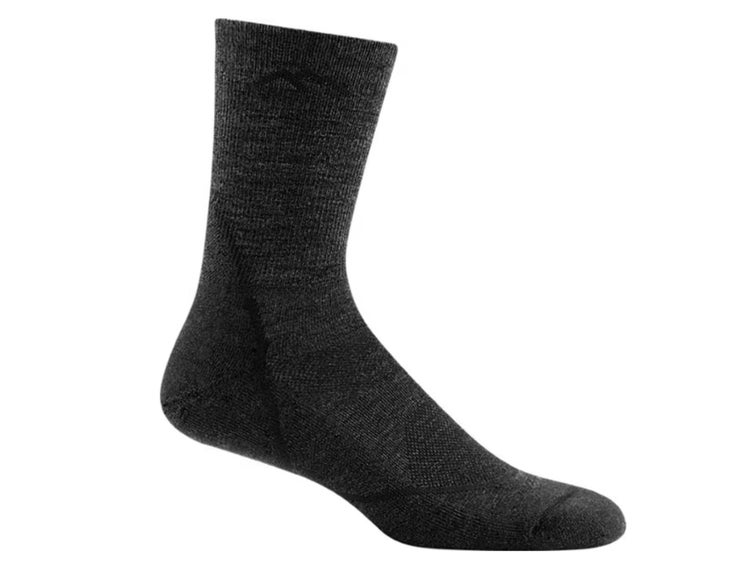
Socks
AT hikers walk through mud and puddles, and sometimes, their feet won’t be dry for days. Quality hiking socks will hold up for hundreds of miles, even when wet. The Darn Tough Light Hikers fit so well that they’re barely noticeable, which cuts down on the kind of rubbing that can lead to hot spots or chafing from moist footwear. Since there are lots of colors and designs, it’ll keep you from accidentally taking some other hiker’s socks from the laundry line at the shelter. Carry enough clean, dry extra pairs so that you never have to reuse socks before they dry.
Bug Management
The AT is infamous for mosquitoes, black flies, and Lyme disease-carrying ticks. While the experts suggest hiking in tick and bug country wearing long sleeves and pants, many AT hikers find it uncomfortable and impractical to cover up in the heat. Thus, bug spray and bug lotion are a must; woe to the hiker who enters the 100 Mile Wilderness without it. Check yourself for ticks each night, and consider using bug head netting in the shelters. Before you start the trail or part way through your trip, consider treating your clothing in Permethrin, and learn the signs of Lyme and West Nile.
First Aid and Emergency Bag
I include a blade, tooth care, blister care and prevention, krazy glue, and over the counter meds for stomach issues, allergies, fever, and pain. A whistle and mirror are essential emergency signaling equipment, while a needle, thread, and duct tape will cover most gear repair. —Snorkel
Navigation
While it may seem difficult to get lost on the AT, having maps, a compass, and the skills to use it may save your life in a white-out in the White Mountains. Hikers have stepped off trail for a bathroom break, only to become temporarily lost in the AT’s dense tree cover.
Nearly every thru-hiker uses some sort of phone navigation app like FarOut but don’t count on it as your primary form of navigation: the AT’s rainy weather is a phone killer. (If you’re relying on your phone, you’ll need to carry an external battery pack, too.) In addition, carry paper databooks, town guides, and maps.
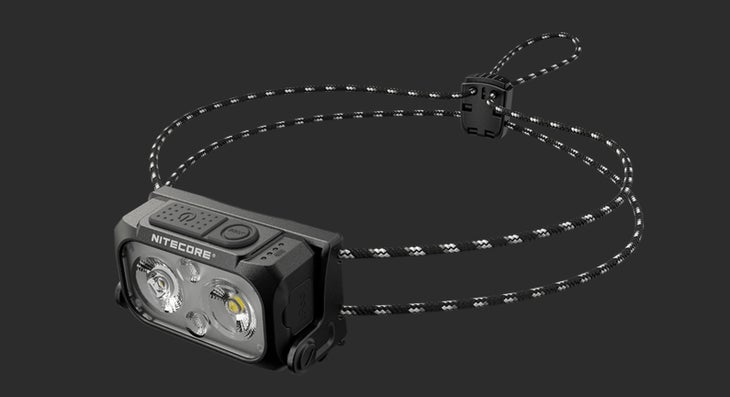
Light
If you’ll be doing serious night hiking, carry an ultralight waterproof headlamp like the 1.6 oz, 400 lumen Nitecore NU25. Otherwise, try the 0.63 oz Fenix Mini-Lite, which is bright enough for nighttime bathroom breaks. The clip-on design lets you wear it on the brim of a hat or shirt pocket.
Potty Kit
With the trail more crowded than ever, following Leave No Trace rules matters. The lowest impact way to poop is in the numerous privies next to shelters on the AT. If that’s not an option, thru-hiking potty trowels like the Deuce of Spaces weigh 0.5 oz and make digging a cathole the easiest part of the day. Be sure to pack out used toilet paper.

Water Filter
Despite what you’ve heard, a good water filter is essential to prevent against waterborne illness on the crowded AT corridor. Inline filters that easily screw onto a Smartwater bottle (the thru-hikers’ bottle of choice) or can be used with a hose and bladder hydration system are now the choice of most long-distance hikers. The Sawyer Squeeze is the most durable and reliable pick, with a lifespan of a million gallons. Another option, the Platypus Quickdraw, is only rated to 1,000 liters, but offers a faster flow rate and an “integrity check” that shows if the filter has been compromised. Both of these filters can be damaged by freezing temperatures (keep it in your sleeping bag on cold nights), and require backflushing to perform at their best.
Stove and Cook Kit
Most thru-hikers opt for an alcohol, canister, or integrated stove system, at least for the first and last part of the trail. For a compact, efficient burner that won’t be affected by fire bans, check out the Soto Windmaster, which weighs just 3 oz but performs nearly flawlessly in windy conditions. The mid-Atlantic can get so toasty and the trail comes near so many delis, you may opt to go stoveless.
Bear Can
The AT crosses areas frequented by bears, and some of the critters have become accustomed to pilfering food from hikers, as well as pulling down bear bags. Check regulations for where bear cans are required.
How to buy shoes
Most hikers will need to replace trail running shoes every 400 miles. For first-time thru-hikers, start the AT with a pair of shoes that you’ve worn in and trust, but haven’t used too much. If that pair worked out, when you’re 300 miles into your trip, use the internet to order yourself a new pair of shoes. Have it mailed to a hostel or Post Office near the 400 mile mark of your trip (note: Post Offices cannot accept mail from non-USPS delivery services). If your first pair didn’t work out, find a gear store near the trail and try on some shoes to find something that feels better. Otherwise, you can use the internet to size up or choose a different brand of shoes and have that pair mailed to yourself.
What to ship
The best thing about thru-hiking is you won’t need to start the trail with 2,000 miles’ worth of food and gear already picked out. Use your guidebooks and maps to find the best address to send yourself gear as the weather changes.
Weather
Don’t be fooled by warmer temps in early spring. On my first AT thru-hike, I made the mistake of letting the heat convince me to send home my puffy jacket right before entering the highest elevation part of the trail. It snowed on April 29 and I crossed icy, frozen trail in shorts and a windshirt. Most AT hikers like cold weather gear for the first and last 500 to 600 miles of their trip. —Snorkel
From 2023

